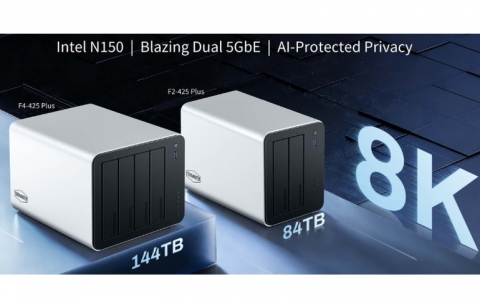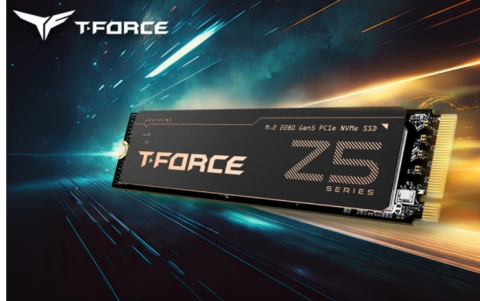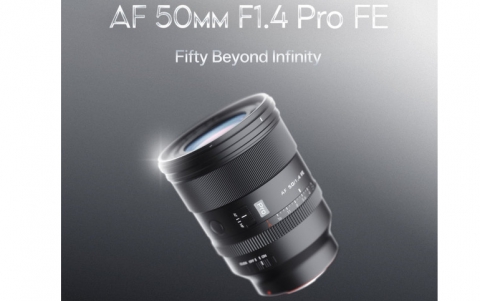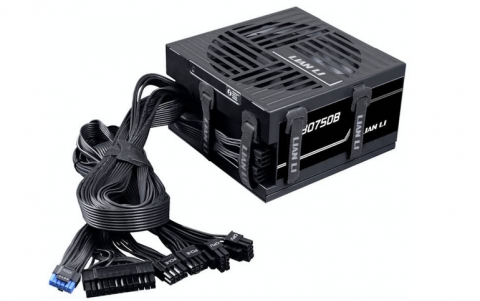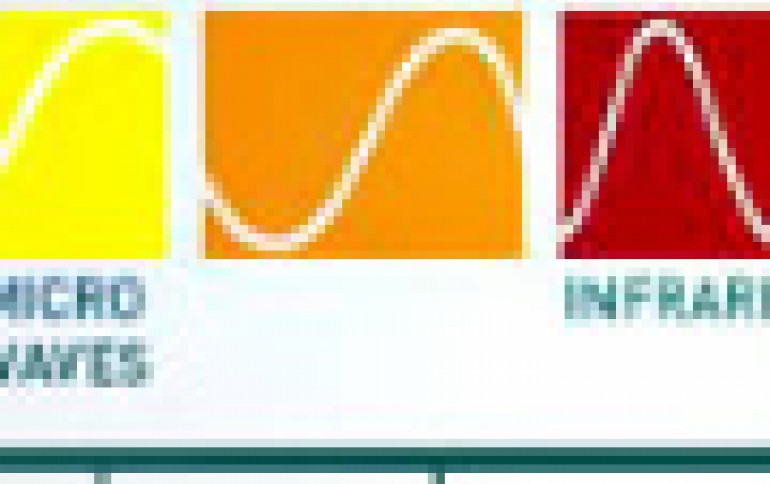
Terahertz Chip Make Celphones See Though Walls
Researchers at UT Dallas have designed an imager chip
that could turn mobile phones into devices that can see
through walls, wood, plastics, paper and other objects.
The team's research created approaches that open a
previously untapped portion of the electromagnetic
spectrum for consumer use - the terahertz range. The
terahertz band of the electromagnetic spectrum falls
between microwave and infrared and has not been
accessible for most consumer devices.
Using the new approach, images can be created with signals operating in the terahertz (THz) range without having to use several lenses inside a device. This could reduce overall size and cost.
The second advance that makes the findings applicable for consumer devices is the technology used to create the microchip. Chips manufactured using CMOS (Complementary Metal-Oxide Semiconductor) technology form the basis of many consumer electronic devices used in daily life such as personal computers, smart phones, high definition TV and game consoles.
"The combination of CMOS and terahertz means you could put this chip and a transmitter on the back of a cellphone, turning it into a device carried in your pocket that can see through objects," explained Dr. Kenneth O, professor of electrical engineering at UT Dallas. Due to privacy concerns, Dr. O and his team are focused on uses in the distance range of less than four inches.
Consumer applications of such technology could range from finding studs in walls to authentication of important documents. Businesses could use it to detect counterfeit money. Manufacturing companies could apply it to process control. There are also more communication channels available in terahertz than the range currently used for wireless communication, so information could be more rapidly shared at this frequency.
Terahertz can also be used for imaging to detect cancer tumors, diagnosing disease through breath analysis, and monitoring air toxicity.
The research was presented at the most recent International Solid-State Circuits Conference (ISSCC). The team will work next to build an entire working imaging system based on the CMOS terahertz system.
Using the new approach, images can be created with signals operating in the terahertz (THz) range without having to use several lenses inside a device. This could reduce overall size and cost.
The second advance that makes the findings applicable for consumer devices is the technology used to create the microchip. Chips manufactured using CMOS (Complementary Metal-Oxide Semiconductor) technology form the basis of many consumer electronic devices used in daily life such as personal computers, smart phones, high definition TV and game consoles.
"The combination of CMOS and terahertz means you could put this chip and a transmitter on the back of a cellphone, turning it into a device carried in your pocket that can see through objects," explained Dr. Kenneth O, professor of electrical engineering at UT Dallas. Due to privacy concerns, Dr. O and his team are focused on uses in the distance range of less than four inches.
Consumer applications of such technology could range from finding studs in walls to authentication of important documents. Businesses could use it to detect counterfeit money. Manufacturing companies could apply it to process control. There are also more communication channels available in terahertz than the range currently used for wireless communication, so information could be more rapidly shared at this frequency.
Terahertz can also be used for imaging to detect cancer tumors, diagnosing disease through breath analysis, and monitoring air toxicity.
The research was presented at the most recent International Solid-State Circuits Conference (ISSCC). The team will work next to build an entire working imaging system based on the CMOS terahertz system.

